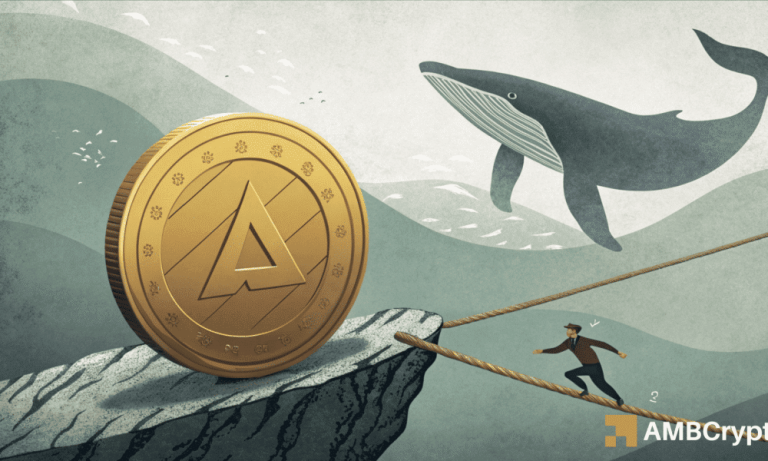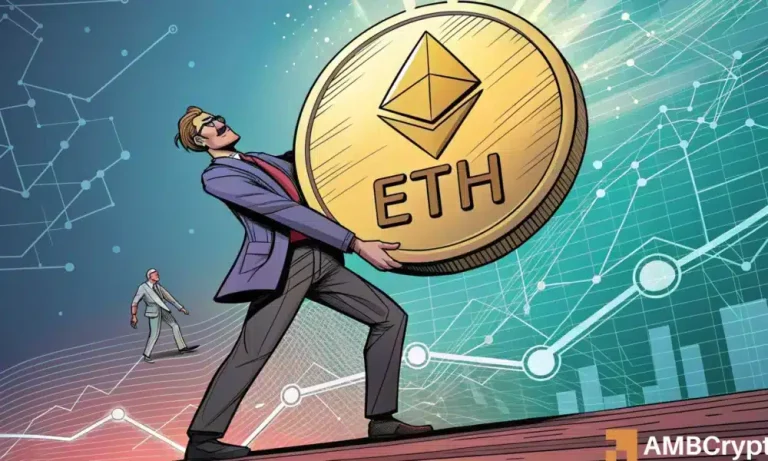
“
The Rise of Central Bank Digital Currencies: What to Expect in 2025
Introduction to Central Bank Digital Currencies (CBDCs)

Central Bank Digital Currencies (CBDCs) are digital versions of a country’s fiat currency, issued and regulated by the central bank. The rise of CBDCs is expected to revolutionize the way we think about money and financial transactions. Central Bank Digital Currencies have been gaining traction in recent years, with many countries exploring the possibility of issuing their own digital currency. For insights on how cryptocurrencies will shape the global economy by 2025, check out our article here.
Benefits of CBDCs

The benefits of CBDCs are numerous. They offer a secure, efficient, and transparent way of conducting financial transactions. CBDCs can also help to reduce the risk of money laundering and terrorist financing, as all transactions can be tracked and monitored. Additionally, CBDCs can provide financial inclusion to underserved populations, such as the unbanked and underbanked. Understanding the investment strategies for the crypto market in 2025 can further highlight the importance of these digital currencies.
Challenges and Concerns

Despite the benefits of CBDCs, there are also challenges and concerns that need to be addressed. One of the main concerns is the potential impact on the banking system and the economy as a whole. The introduction of CBDCs could lead to a decrease in the use of cash and a reduction in the demand for traditional banking services.
What to Expect in 2025

As we move into 2025, we can expect significant developments in the adoption and implementation of CBDCs. Many countries are already in the process of testing and piloting their own digital currencies, and we can expect to see more widespread adoption in the coming year. The digital economy is expected to continue to grow and evolve, with CBDCs playing a major role in shaping the future of financial transactions. For more on the role of blockchain technology in transforming cryptocurrencies by 2025, read this article.
See more:
https://www.imf.org/en/Topics/digital-currencies
https://www.worldbank.org/en/topic/digital-development
https://www.bis.org/cbdc.htm



